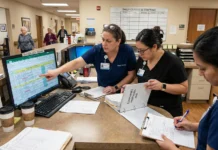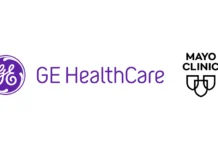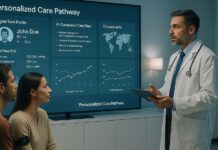Royal Philips Electronics introduced the Integral Breast Workspace, a set of solutions that provides radiologists the ability to review multi-modality breast images at one workspot to help drive quality and efficiency. Showcasing its commitment to breast care, Philips will also highlight new capabilities for its portfolio of diagnostic imaging systems in Mammography, Ultrasound and MRI.
Globally, breast cancer is the leading cause of cancer death among women. New guidelines suggest a multi-modality approach to screening, diagnosis and management. With an increasing number of patients and the need to review data from multiple modalities, radiologists are challenged with keeping up with the volume of studies that must be interpreted and reported on multiple workstations. Philips Integral Breast Workspace addresses this need for integrated image and information management.
Gillian Newstead, M.D., director of Clinical Breast Imaging at the University of Chicago said, Think of all the duplicate work we currently do with all the separate systems. Integration will save us a lot of time. And, at the same time it connects to better care for the patients by more accurately relating findings from the different modalities

















